Boost Your Roof Bids – Request a Precision Estimate!
- Accurancy
- Efficiency
- Transparency
- Customization
- Time Saving
- Professionalism
- Cost Control
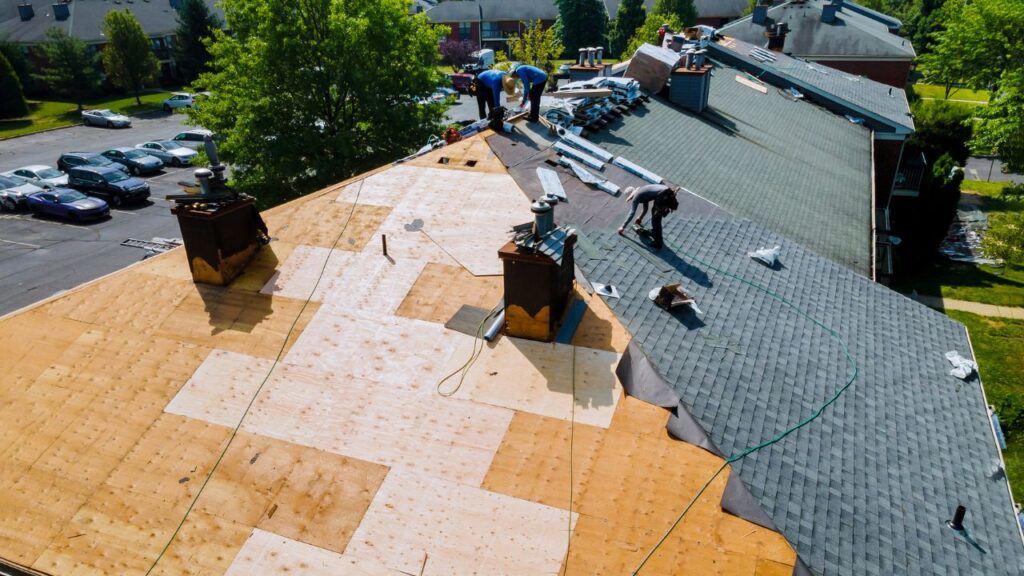
When it comes to constructing or renovating storage buildings, one crucial aspect that demands careful consideration is the roofing system. The roofing not only protects the contents of the storage space from the elements but also plays a vital role in the overall structural integrity. Estimating the cost of storage building roofing is a critical step in the planning process. In this guide, we will provide a comprehensive overview of the factors influencing roofing costs and offer a step-by-step approach to creating an accurate cost estimate.
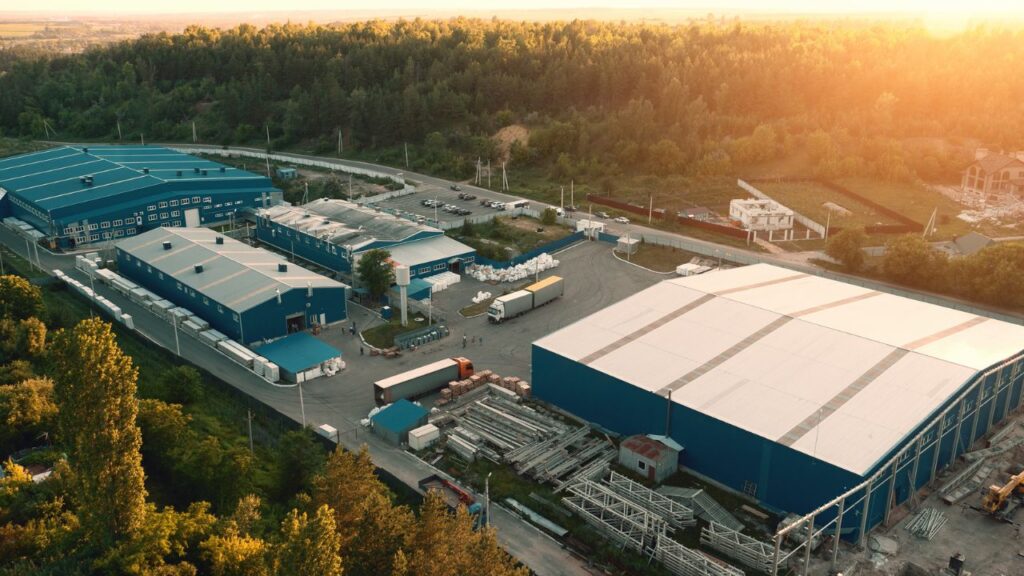
Selecting the appropriate roofing material is a pivotal decision that directly influences the overall cost and performance of your storage building’s roof. Asphalt shingles, a popular choice, offer affordability and a variety of design options. Metal roofing, known for its durability and longevity, tends to have a higher upfront cost but can prove cost-effective over time due to its minimal maintenance requirements. EPDM rubber, TPO, and PVC are excellent choices for flat or low-slope roofs, each boasting unique characteristics such as flexibility and weather resistance. The key is to carefully weigh the characteristics, durability, and initial costs of each material against your specific project requirements and budget.
The complexity of your storage building’s roofing structure is a critical factor that directly impacts the overall project costs. The pitch, shape, and size of the roof contribute to the amount of materials and labor required for installation. A complex roof design, such as one with multiple angles or intricate shapes, may necessitate additional time and expertise during the installation process. This complexity often translates to increased material costs and higher labor expenses. Conversely, simpler roof structures with standard pitches and shapes generally require fewer materials and less labor, resulting in cost savings.
Insulating the roof of your storage building is not only essential for temperature control but also a wise investment for long-term energy efficiency. The choice of insulation material and installation method can impact costs. Common insulation options include fiberglass, foam board, and spray foam. While initial costs may vary, proper insulation helps regulate indoor temperatures, reducing the need for excessive heating or cooling. This, in turn, can lead to significant long-term savings on energy expenses, making insulation a crucial component in the overall cost estimation of your storage building roofing project.
The cost of labor for installing the roofing system is a significant aspect of the overall expense. Skilled labor is indispensable to ensure a proper and durable roof installation. The expertise of the roofing crew directly influences the longevity and performance of the roof. Factors affecting labor costs include the complexity of the roof structure, the chosen roofing material, and the level of expertise required. Investing in skilled labor is a wise decision, as it contributes to the overall quality of the roofing system and minimizes the likelihood of future maintenance issues.
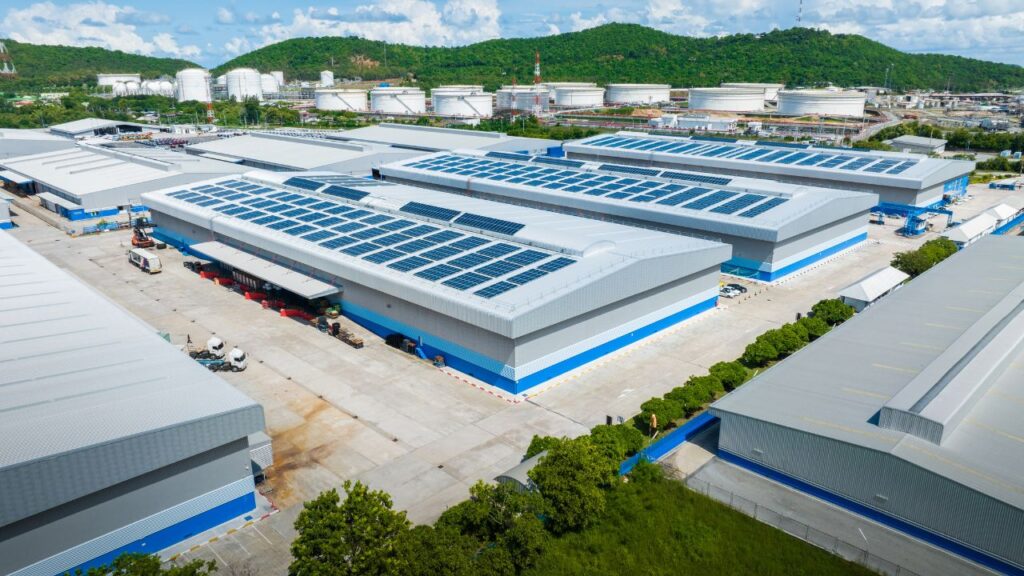
Roofing accessories, such as flashing, vents, gutters, and downspouts, are integral components of a complete and functional roofing system. While these accessories add to the overall cost, their importance in preventing leaks, directing water away from the structure, and ensuring proper ventilation cannot be overstated. Flashing, for instance, safeguards vulnerable areas against water infiltration, while gutters and downspouts protect the building’s foundation by channeling rainwater away. Investing in high-quality roofing accessories is essential for the longevity and functionality of the entire roofing system, mitigating potential issues and costly repairs in the future.
Selecting the right roofing material for your storage building involves careful research and consideration of various factors. Begin by assessing the durability of each material, considering its ability to withstand weather elements and potential physical damage. Additionally, evaluate the maintenance requirements of each option, as some materials may demand more regular upkeep than others. Climate suitability is another crucial factor; choose a material that performs well in your specific climate conditions. For example, metal roofing is excellent for areas with heavy snowfall, while asphalt shingles are popular in regions with diverse weather patterns. By weighing these factors against your storage building’s requirements, you can make an informed decision that aligns with both functionality and budget constraints.

Understanding the complexity of your storage building’s roofing structure is essential in determining the overall project cost. Assess the pitch, size, and shape of the roof, as these factors directly impact the amount of labor and materials required. A roof with multiple angles or intricate designs may pose challenges during installation, potentially increasing labor costs and necessitating additional materials. Conversely, simpler roof structures with standard pitches and shapes often result in a more straightforward installation process, leading to cost savings. By carefully evaluating the roofing structure, you can anticipate potential challenges and accurately estimate the resources needed for a successful project.
Accurate measurement of the roof’s surface area is a critical step in determining the quantity of materials required for your storage building. Measure the length and width of each section, considering any protrusions or irregularities in the roof’s shape. Once you have these measurements, calculate the total square footage. To account for waste during the installation process, it’s advisable to add a percentage to your material quantity. This buffer helps accommodate cuts, adjustments, and potential mistakes, ensuring that you have an adequate supply of materials for a seamless roofing installation.
Obtaining quotes from local contractors or labor providers is crucial for estimating the cost of installation. Research the qualifications and experience of potential roofing contractors to ensure they can handle the specific roofing material you have chosen. Consider factors such as the complexity of the project, the reputation of the contractors, and any additional services they may offer. By understanding local labor costs and selecting skilled professionals, you can develop a realistic budget for the installation phase of your storage building roofing project.
Factor in the cost of insulation materials and installation when estimating the overall budget for your storage building roofing. Different insulation materials offer varying levels of thermal performance, so choose an option that aligns with your energy efficiency goals. Consider the thickness and R-value of the insulation, as well as any additional features such as vapor barriers. While insulation may represent an initial investment, its long-term benefits in energy savings and climate control make it a crucial component of the overall roofing system.
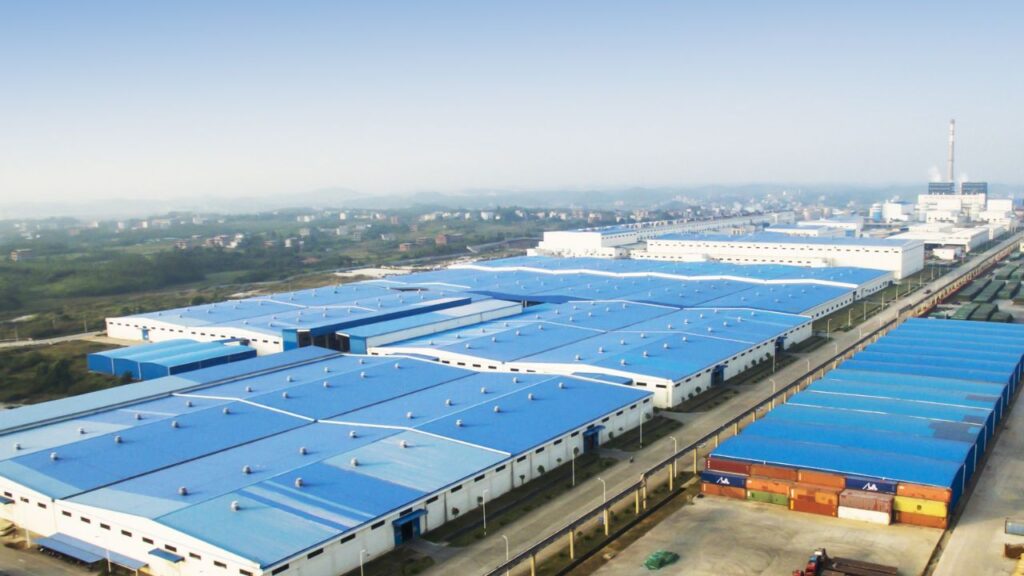
Listing and pricing the necessary roofing accessories is essential for creating a complete and functional roofing system. Components such as flashing, vents, gutters, and downspouts play a vital role in protecting the building from water damage and ensuring proper ventilation. While these accessories add to the overall cost, they contribute significantly to the longevity and effectiveness of the roofing system. Researching and selecting high-quality accessories that match the requirements of your storage building will help prevent future issues and costly repairs.
Adding a contingency budget to your overall cost estimate is a prudent step to account for unforeseen expenses or changes during the construction process. Construction projects inherently involve uncertainties, and unexpected challenges may arise, such as hidden structural issues or changes in local building codes. By allocating a percentage of the budget for contingencies, you provide yourself with financial flexibility, ensuring that you can address unexpected developments without compromising the quality or progress of your storage building roofing project. This proactive approach helps mitigate risks and contributes to a smoother construction process.
Estimating the cost of a storage building roofing project involves careful consideration of key factors. Selecting the right roofing material, assessing the complexity of the structure, and factoring in insulation, labor, and accessories are crucial steps. The guide provides a step-by-step approach, emphasizing the need to align material choices with durability, understand the impact of roof complexity on costs, and account for insulation’s long-term energy benefits. Skilled labor, quality accessories, and a contingency budget further contribute to successful and cost-effective roofing projects. This comprehensive strategy ensures informed decision-making, mitigates risks, and facilitates a smooth construction process.
Estimating the cost of roofing is crucial for budget planning and project management. It helps you allocate resources effectively, avoid surprises during construction, and ensures a successful and cost-effective roofing project.
Consider factors such as durability, maintenance requirements, and climate suitability. Asphalt shingles are affordable with various design options, while metal roofing offers durability. Flat or low-slope options like EPDM rubber, TPO, and PVC have unique characteristics. Assess these against your project requirements and budget.
Complex roof designs with multiple angles or intricate shapes may require more labor and materials, increasing overall costs. Simpler structures with standard pitches and shapes often result in cost savings during installation.
Insulation regulates indoor temperatures, reducing the need for excessive heating or cooling. While initial costs vary, the long-term energy savings make insulation a crucial component in the overall cost estimation, contributing to energy efficiency.
Accurate measurement of the roof’s surface area is vital. Measure length, width, and any irregularities in the roof’s shape. Calculate the total square footage, adding a percentage for waste during installation to ensure an adequate supply of materials.
Skilled labor ensures a proper and durable roof installation, directly influencing longevity and performance. Factors affecting labor costs include the complexity of the roof structure, chosen roofing material, and required expertise.
Roofing accessories, including flashing, vents, gutters, and downspouts, are crucial for a complete and functional roofing system. While they add to the overall cost, these accessories protect against leaks, direct water away, and ensure proper ventilation, contributing to the system’s longevity.
Adding a contingency budget is essential for unforeseen expenses or changes during the construction process. It provides financial flexibility to address unexpected developments without compromising the project’s quality or progress.
It’s important to choose a roofing material that performs well in your specific climate conditions. Consider factors such as snowfall, rainfall, and temperature fluctuations. Metal roofing may be suitable for heavy snowfall, while asphalt shingles are popular in diverse weather patterns.
To ensure longevity, focus on factors such as material durability, proper installation by skilled labor, quality insulation, and high-grade roofing accessories. Regular maintenance and addressing issues promptly contribute to the overall longevity of the roofing system.
Here I am going to share some steps to get a storage building roofing cost estimate report.
You can send us your plan on info@estimatorflorida.com
Before starting your project, we send you a quote for your service. That quote will have detailed information about your project. Here you will get information about the size, difficulty, complexity and bid date when determining pricing.
Our team will takeoff and estimate your project. When we deliver you’ll receive a PDF and an Excel file of your estimate. We can also offer construction lead generation services for the jobs you’d like to pursue further.

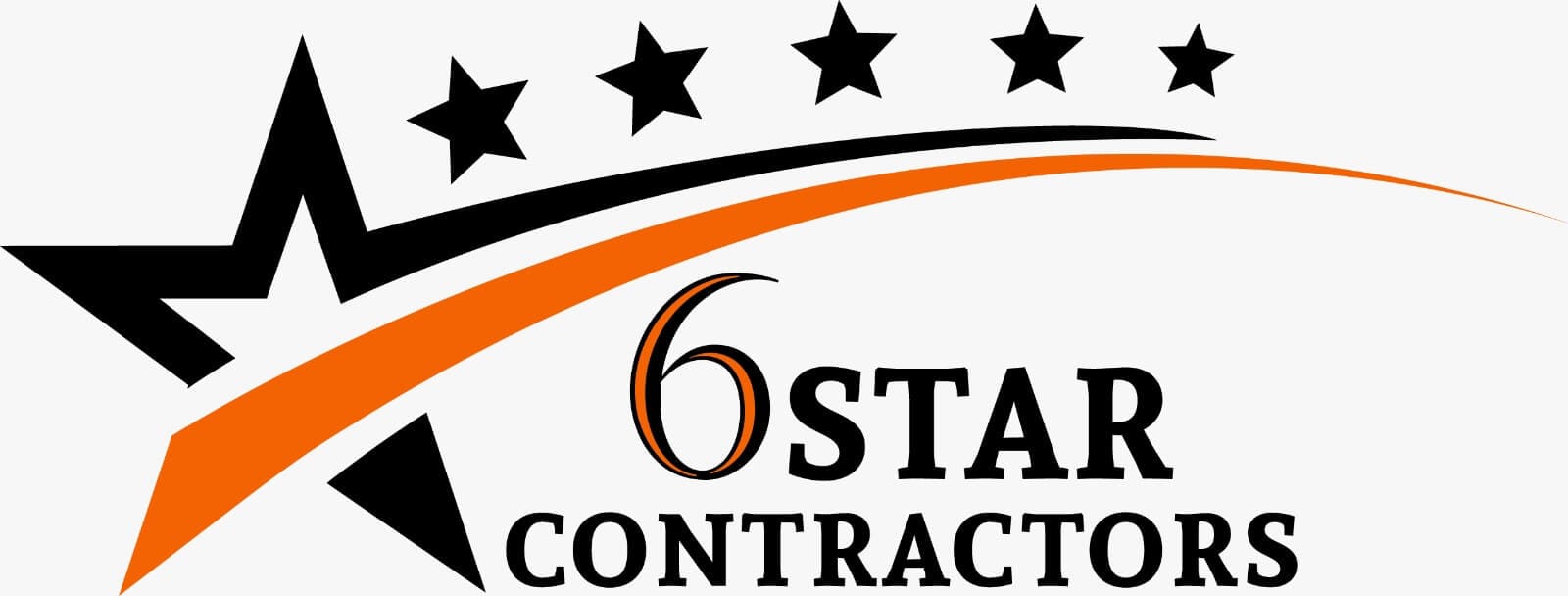

561-530-2845
info@estimatorflorida.com
Address
5245 Wiles Rd Apt 3-102 St. Pete Beach, FL 33073 United States
561-530-2845
info@estimatorflorida.com
Address
5245 Wiles Rd Apt 3-102 St. Pete Beach, FL 33073 United States
All copyright © Reserved | Designed By V Marketing Media | Disclaimer